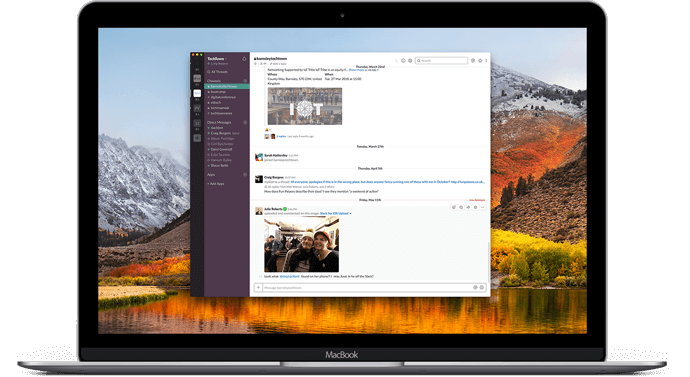CityScope: addressing city challenges with digital LEGO!
Your Mayor has asked you for a meeting. There are a number of challenges facing your city – over-crowding, poverty, pollution and waste-management. As a member of the urban planning group, the Mayor wants you to come up with some solutions with stakeholders across the city. What do you do? Well, please don’t panic! The CityScience Lab in HafenCity University in Hamburg has digital tools at hand that can help you.
About the CityScience Lab
Formed in June 2015, the CityScience Lab is a collaboration between the HafenCity University in the city of Hamburg and the Massachusetts Institute of Technology (MIT) Media Lab in Cambridge, USA. The university is well placed to host this initiative, specialising in architecture and urban development and with a teaching and research focus on the future of cities.
One of the CityScience Lab’s main goals is to make use of human-computer interaction tools for increased public participation in urban development. With Hamburg on its doorstep, it is ideally located to study and learn from real-life scenarios in a big city.
Tell us about the tech!
The central technology is based on ‘CityScope’, an ‘urban simulation platform’ developed by the CityScience Group (formerly Changing Places Group) of the MIT Media Lab. CityScopes are interactive digital models that can be used to simulate urban scenarios and analyse urban relationships. They can represent various urban data, such as real estate, functional zoning and accessibility information.
At a basic level, CityScopes make use of LEGO bricks on a clear table top to recreate a model of a city. Projectors above the table overlay maps of the local environment, such as roads and green spaces. The LEGO represents buildings and other infrastructure and is visually coded to hold design information which is scanned and digitised by cameras underneath the table.
Through moving the LEGO around, different scenarios can be explored and evaluated and projected as a real-time response on the table. Being laid out on a big table, ‘CityScope’ allows a number of people to engage with the model, facilitating city-wide discussion and decision-making about complex issues.
Case study: Finding places to live for refugees in Hamburg
The ‘Finding Places’ project, recognised as an URBACT Good Practice, was set up in response to tens of thousands of refugees arriving in the city of Hamburg in 2015. Its aim was to facilitate public participation in the allocation of housing for refugees, a very sensitive social and political issue. Making use of a CityScope to engage the public and assist in decision-making, it was able to identify suitable locations for accommodation in Hamburg’s neighbourhoods.
This video shows the Finding Places project in action. Here, residents of Hamburg’s districts review alternative options for refugee accommodation (video by Ariel Noyman).
And this blog post on Medium provides an excellent review of the Finding Places story, ‘Shifting Priorities, Finding Places: How Media Lab and HafenCity University researchers are tackling the refugee crisis in Hamburg, using algorithms and LEGO bricks’.
Could the CityScope approach be for you?
The CityScope tool could be broadly applicable to cities across Europe:
- to overcome city challenges and identify solutions
- to explore new ideas in urban planning teams
- to engage and communicate with wider audiences, including citizens
The CityScience Lab welcomes city delegations to learn more about this powerful approach. Since projects are very time intensive, they seek collaborative funding to support them. The value of course comes from the ultimate impact, which in the case of Finding Places, is helping the city of Hamburg to find a place to call home for displaced people who have gone through so much.
Interested in finding out more about the work of the CityScience Lab?
Prof. Jörg Rainer Noennig from the HafenCity University gave an excellent Pecha Kucha talk at the City Science Summit held in Andorra in September 2017 about the use of CityScope, further innovation projects and the development of Hamburg’s urban data platform.
At the same conference, Ariel Noyman, a research scientist and urban designer from MIT Media Lab and lead on the collaboration with HafenCity University, presented about the CityScope approach and how it is disruptive in architecture and urban planning.
Very many thanks to Prof. Dr. Gesa Ziemer, Director, Tobias Holtz, Research Assistant and Dr.-Ing. Jan Barski, Research Associate at CityScience Lab for their help in researching this article.

